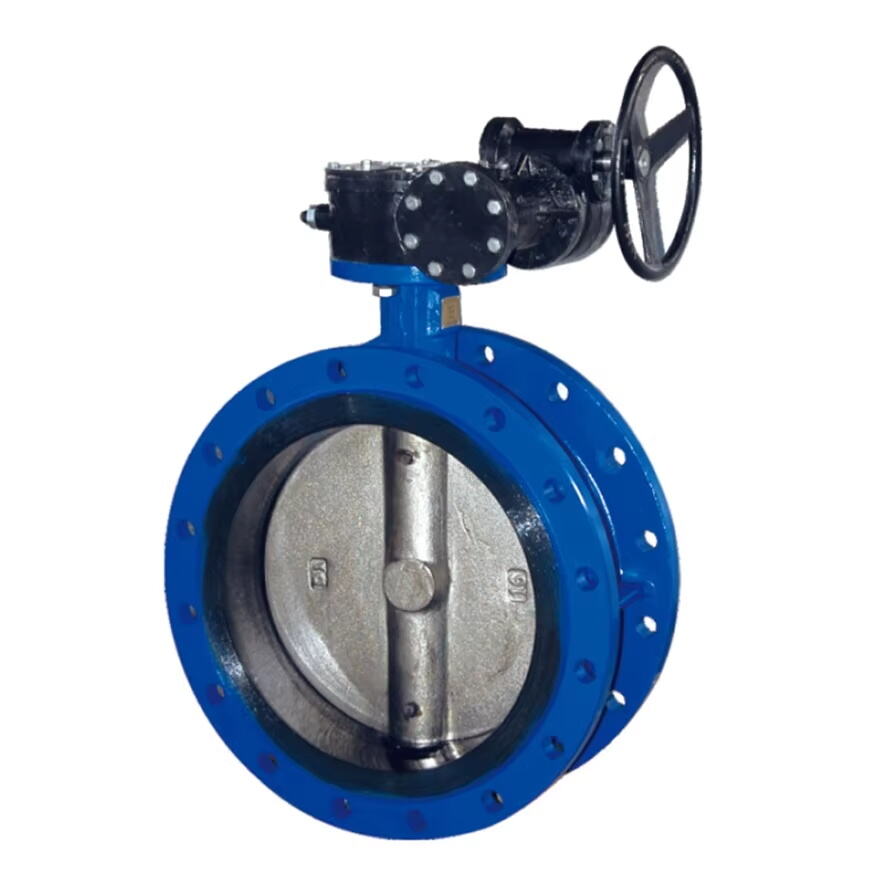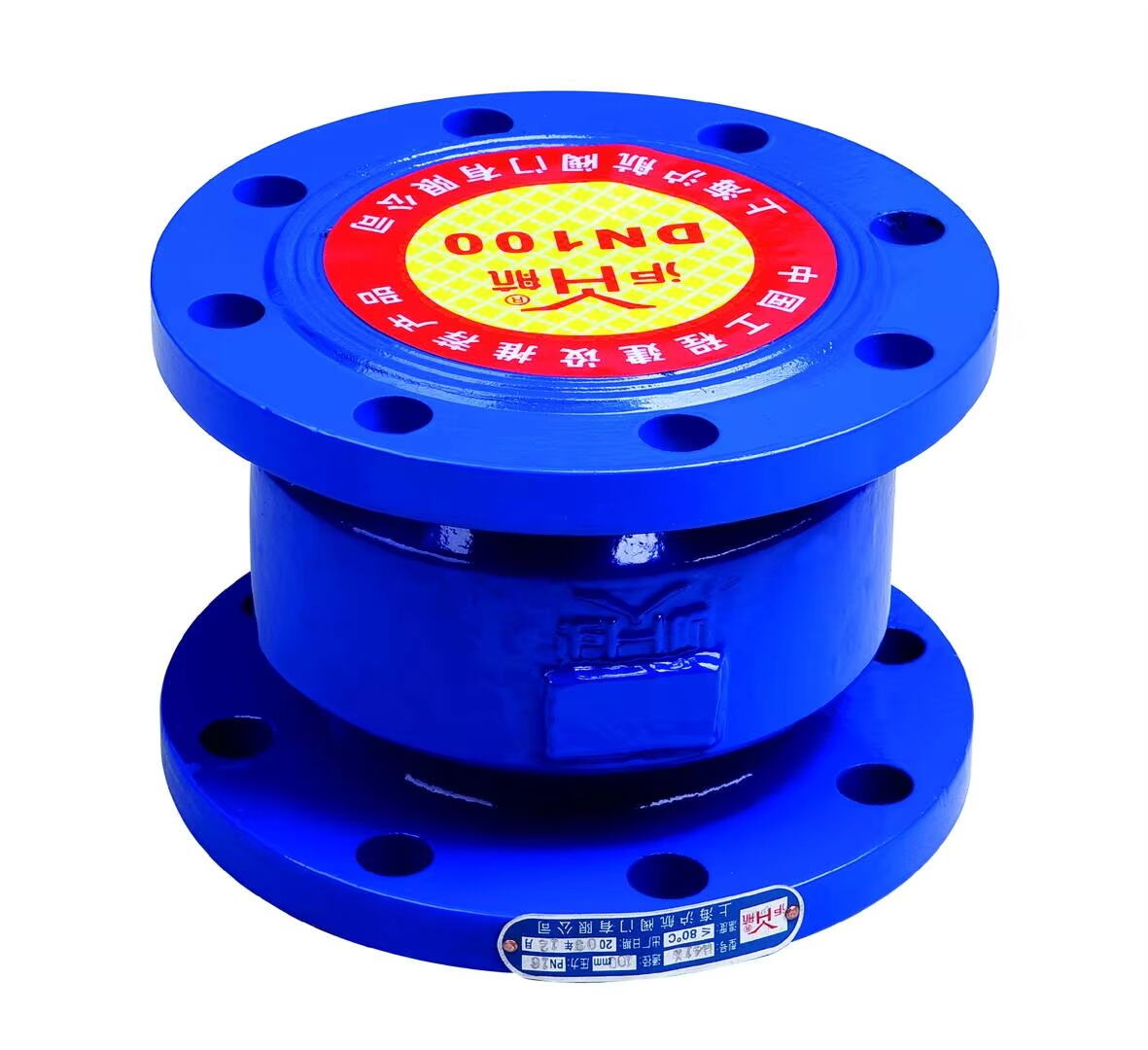Essential Guidelines for Optimal Pressure Reducing Valve Maintenance
Maintaining a pressure reducing valve is crucial for ensuring consistent performance and extending its operational lifespan. These vital components regulate pressure in fluid systems across industrial, commercial, and residential applications. When properly maintained, a pressure reducing valve can provide years of reliable service while protecting downstream equipment from potentially damaging high-pressure conditions.
Understanding the fundamentals of pressure reducing valve maintenance not only helps prevent unexpected failures but also contributes to significant cost savings in the long run. This comprehensive guide explores proven maintenance strategies, common challenges, and expert recommendations for keeping your pressure reducing valves in peak operating condition.
Fundamental Components and Maintenance Areas
Critical Parts Requiring Regular Attention
The effectiveness of a pressure reducing valve depends heavily on the condition of its core components. The diaphragm, spring, and seat assembly are particularly vital elements that demand regular inspection. The diaphragm acts as a flexible barrier between the high-pressure and low-pressure chambers, while the spring maintains the desired outlet pressure setting. The seat assembly, comprising the valve seat and disc, controls the flow of fluid through the valve.
Regular examination of these components helps identify early signs of wear, corrosion, or damage. Pay special attention to the diaphragm for any signs of cracking or deterioration, as this component often experiences the most stress during operation. The spring should be checked for proper tension and any signs of corrosion, while the seat assembly should be inspected for wear patterns or debris accumulation.

Understanding Wear Patterns and Prevention
Different operating conditions can lead to distinct wear patterns in pressure reducing valves. High-velocity flow can cause erosion of the valve seat and disc, while particulate matter in the fluid can lead to scoring or pitting. Understanding these patterns helps in implementing appropriate preventive measures, such as installing strainers upstream of the valve or adjusting flow conditions to minimize wear.
Developing a comprehensive understanding of how your specific application affects valve wear enables more effective maintenance planning. This knowledge allows for better prediction of component life expectancy and optimal timing for preventive maintenance activities.
Preventive Maintenance Schedule Development
Establishing Regular Inspection Intervals
Creating a structured maintenance schedule is essential for prolonging pressure reducing valve life. The frequency of inspections should be based on several factors, including the operating environment, fluid characteristics, and the criticality of the application. High-stress applications may require monthly inspections, while less demanding situations might need only quarterly or semi-annual checks.
Document all inspection findings and maintenance activities to establish a history of valve performance. This documentation helps identify patterns and optimize future maintenance intervals based on actual operating experience.
Seasonal Maintenance Considerations
Environmental conditions can significantly impact pressure reducing valve performance. In regions with extreme temperature variations, seasonal maintenance becomes particularly important. Cold weather can affect seal flexibility and increase the risk of freezing, while high temperatures might accelerate wear on certain components.
Adjust maintenance schedules to account for seasonal changes, paying special attention to insulation and protection requirements during harsh weather conditions. This proactive approach helps prevent weather-related valve failures and ensures consistent performance throughout the year.
Advanced Troubleshooting Techniques
Diagnostic Procedures and Tools
Modern maintenance practices incorporate various diagnostic tools to assess pressure reducing valve health. Pressure gauges, ultrasonic testing equipment, and thermal imaging cameras can provide valuable insights into valve operation. These tools help identify issues before they lead to failure, enabling planned maintenance rather than emergency repairs.
Regular pressure readings and performance monitoring help establish baseline operation parameters. Deviations from these baselines can indicate developing problems, allowing maintenance teams to address issues proactively.
Common Performance Issues and Solutions
Understanding typical pressure reducing valve problems enables faster diagnosis and more effective solutions. Common issues include pressure creep, excessive noise, and unstable outlet pressure. Each symptom provides clues about potential underlying causes, from worn components to improper adjustment.
Developing a systematic approach to troubleshooting these issues helps maintenance teams respond more effectively. This includes checking for proper inlet pressure, verifying strainer condition, and assessing downstream demand patterns.
Optimization Strategies for Extended Service Life
Performance Enhancement Techniques
Beyond basic maintenance, several strategies can optimize pressure reducing valve performance and longevity. This includes proper sizing for the application, installation of appropriate supporting components, and regular calibration of control settings. Understanding and implementing these strategies can significantly extend valve service life.
Consider implementing predictive maintenance techniques, such as trend analysis and condition monitoring, to anticipate potential issues before they affect performance. This proactive approach helps minimize downtime and optimize maintenance resources.
Long-term Cost Management
Effective maintenance strategies contribute significantly to cost control over the life cycle of pressure reducing valves. By preventing premature component failure and optimizing maintenance intervals, organizations can reduce both direct maintenance costs and indirect expenses related to downtime.
Calculate the total cost of ownership, including maintenance labor, replacement parts, and potential failure impacts, to justify investments in preventive maintenance programs and high-quality replacement components.
Frequently Asked Questions
How often should pressure reducing valves be inspected?
The inspection frequency depends on the application and operating conditions. High-stress applications may require monthly inspections, while standard installations typically need quarterly or semi-annual checks. Always follow manufacturer recommendations and adjust based on operating experience.
What are the signs of a failing pressure reducing valve?
Common signs include unstable outlet pressure, unusual noises, visible leakage, and difficulty maintaining set pressure. Regular monitoring of these indicators helps identify potential issues before complete failure occurs.
Can pressure reducing valves be rebuilt instead of replaced?
Many pressure reducing valves can be rebuilt using manufacturer-approved repair kits. This option is often more cost-effective than complete replacement, provided the valve body remains in good condition. However, evaluate the cost-benefit ratio considering the valve's age and the availability of replacement parts.

